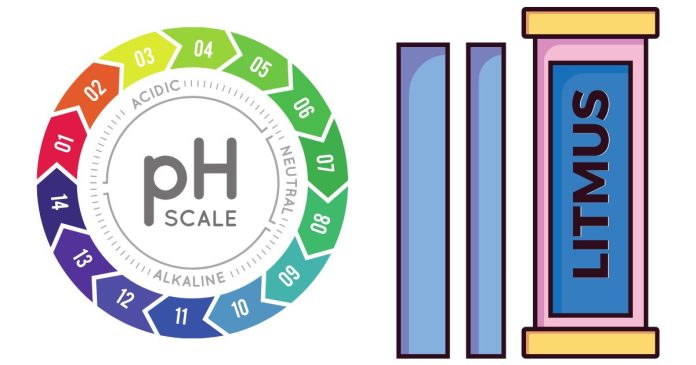Litmus paper is a common tool used in chemistry to test the acidity or basicity (alkalinity) of a substance. When it comes to testing bases, litmus paper reacts in a very specific way, providing an easy and quick visual indicator.
How Litmus Paper Works
Litmus paper is treated with a natural dye that changes color depending on the pH of the substance it comes into contact with. There are two main types of litmus paper: red litmus paper and blue litmus paper.
Red Litmus Paper: Initially red, it turns blue when exposed to a basic (alkaline) solution.
Blue Litmus Paper: Initially blue, it turns red when exposed to an acidic solution.
Color Change When Exposed to a Base
When litmus paper comes into contact with a base, the following changes occur:
Red Litmus Paper turns blue.
Blue Litmus Paper stays blue but may become more intense in color depending on the strength of the base.
In summary, when you expose red litmus paper to a base, it will turn blue, which is a clear indication that the substance being tested is basic. Litmus paper is a simple yet effective tool for identifying the acidity or alkalinity of a substance, helping chemists and students alike understand chemical reactions more easily.


